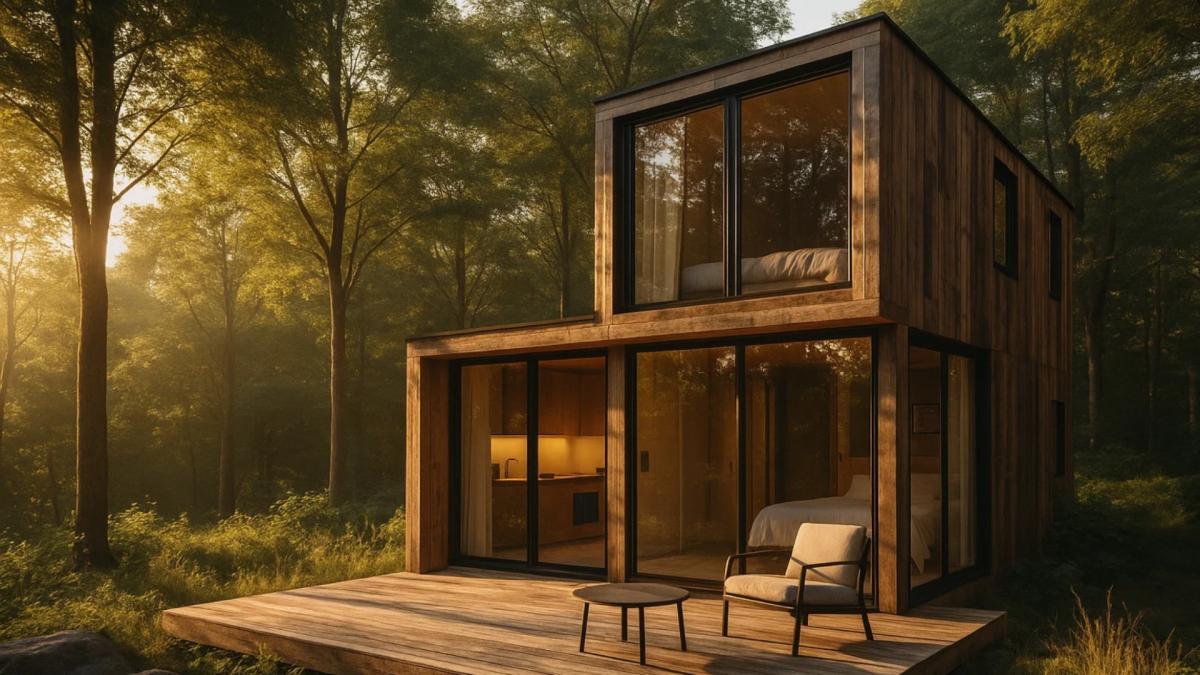fin.co.id - What if living beautifully didn’t mean living big? In recent years, the idea of the tiny home has transformed from a minimalist experiment into a design-forward lifestyle embraced by architects, young professionals and eco-conscious families alike.
The growing fascination isn’t just about downsizing—it’s about learning how to build a tiny home that feels as refined as a modern loft in Copenhagen or a cottage retreat in the English countryside.
The phrase how to build a tiny home doesn’t simply refer to construction. It’s about orchestrating a vision that merges budget-conscious decisions with smart spatial design.
When executed thoughtfully, a 300-square-foot dwelling can embody both sustainability and indulgent comfort, challenging the notion that luxury requires square footage.
Designing Small, Thinking Big
The first step in understanding how to build a tiny home is to embrace the design philosophy behind it.
According to Architectural Digest , leading designers emphasize spatial flow and light as the anchors of successful compact living.
Floor-to-ceiling windows, skylights, and glass doors blur boundaries between indoors and outdoors, creating an expansive feel.
Equally essential is multifunctional furniture. Scandinavian design houses like IKEA and Muuto have long championed pieces that transform—from sofa beds to dining tables that collapse into consoles.
These aren’t just furniture choices; they’re strategies for layering flexibility into every square meter.
Budgeting with Intention
How to build a tiny home affordably begins with intentional budgeting. Experts from Houzz highlight that many first-time builders underestimate foundational costs such as insulation, energy systems, and permits. To avoid overspending:
-
Prioritize structure. Invest in quality foundations, roofing, and insulation first. Cutting corners here can lead to costly repairs later.
-
Repurpose materials. Reclaimed wood, vintage doors, and salvaged bricks infuse character while keeping costs low.
-
DIY when possible. Custom shelving, simple cabinetry, or paint finishes can be crafted with online tutorials and workshops, offering both savings and personal connection to the space.
Comfort in Every Corner
Building a tiny home shouldn’t feel like an exercise in austerity. In fact, European designers often highlight the role of tactile comfort in compact living.
Think Belgian linens , warm oak flooring, and layered lighting schemes—ambient, task, and accent—that make small rooms feel luxurious.














